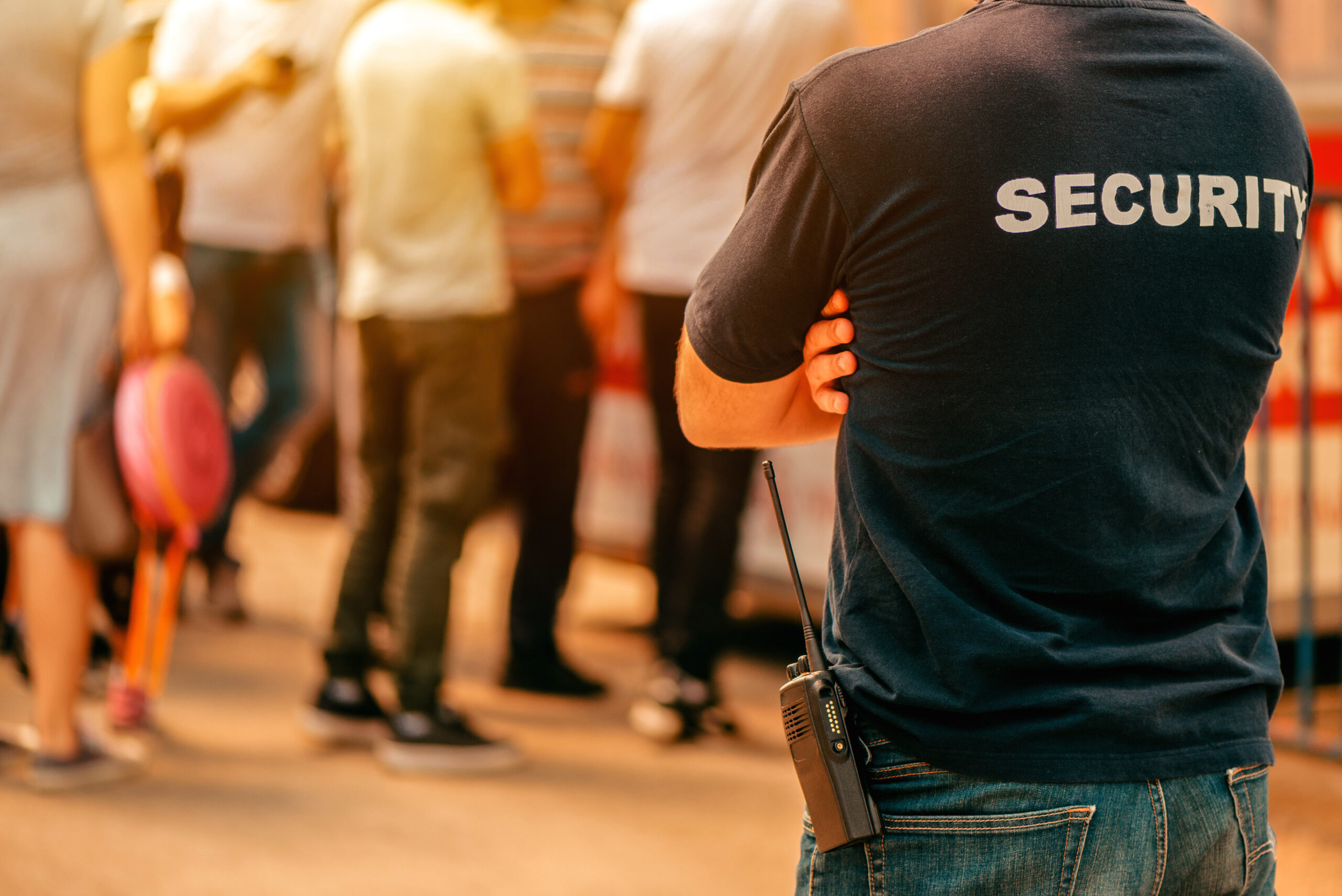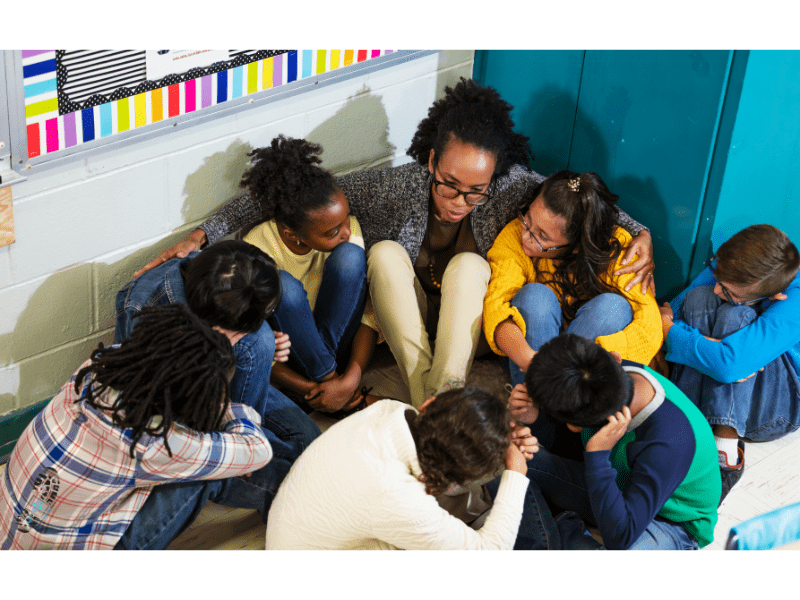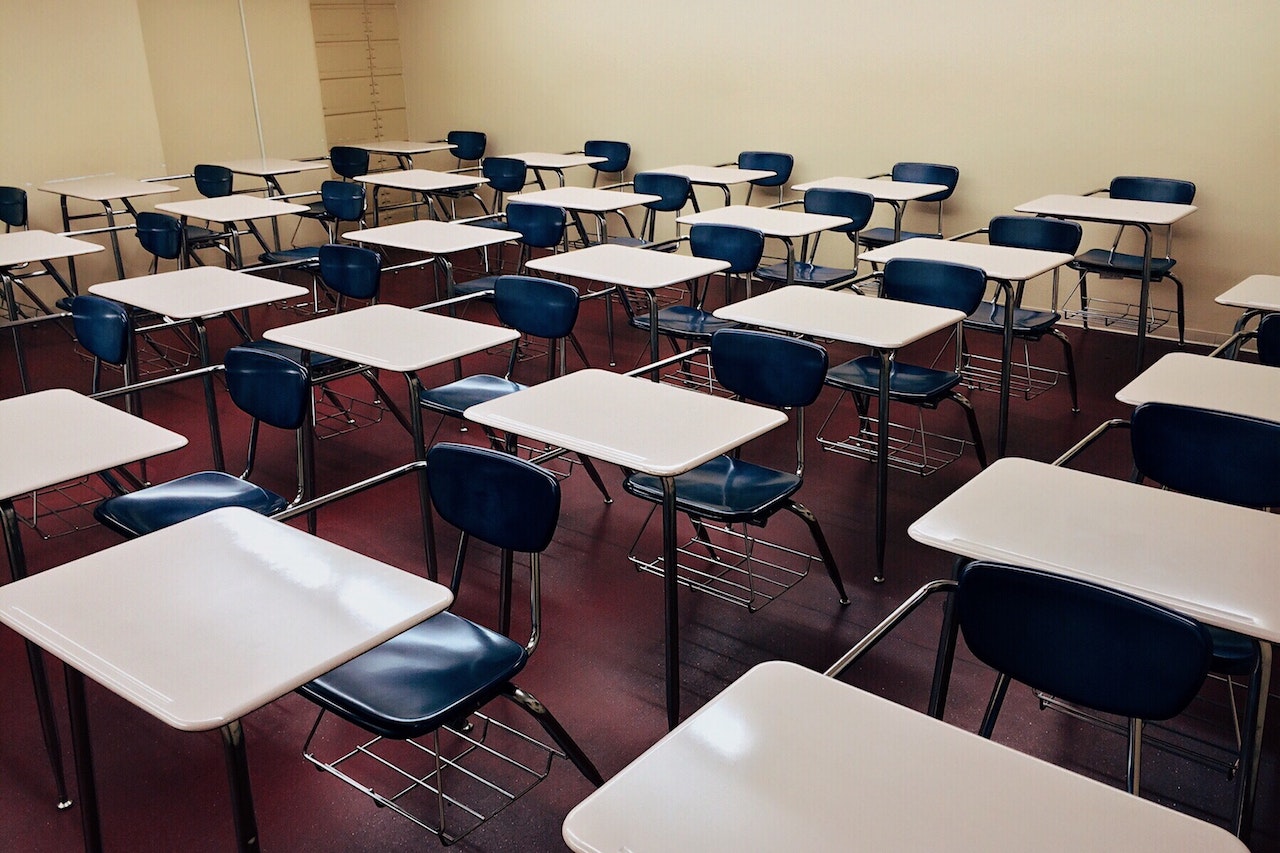At times, ongoing vigilance among students and staff is the best way to prevent school security threats before they occur. That thinking is the basis behind what many people call a “see something, say something” policy.
If you are interested in learning what these policies are and how “see something, say something” can prevent school disasters, you have come to the right place. In this post, we’ll not only detail the general principles of how “see something, say something” works, but we’ll also share an example of when this policy may have saved lives in a Michigan high school.
What is a "See Something, Say Something" Policy?
The phrase “see something, say something” is applicable to many situations. For example, the United States Federal Law Enforcement Training Centers recognize “see something, say something” as a way to increase public awareness of terrorism or otherwise suspicious activity. However, “see something, say something” is also an applicable policy for lower levels of law enforcement as well as within school systems.
In simple terms, a “see something, say something” policy means that anyone who notices a suspicious or potentially dangerous situation should alert authorities whenever possible. Of course, not all instances in which this policy is used will prevent disaster, but implementing this policy is well worth it if safety is your top priority.
It is no surprise that a “see something, say something” policy would be highly beneficial in school settings. In most cases, the number of students in a school dramatically outnumbers the faculty that works there. As such, potentially dangerous situations can go undetected even if school staff give their best effort to be vigilant.
When students and staff take on the collective responsibility to notice and call out suspicious behavior, it gives the entire school system a better chance of preventing traumatic events. At times, implementing a “see something, say something” policy may even save lives.
"See Something, Say Something" In Action
If you are unconvinced of the effectiveness of a “see something, say something” policy, you should take some time to review the cases in which this policy worked perfectly. In fact, you need look no further than a recent event that took place in a high school in Bangor Township, Michigan.
Whether you are a parent, teacher, or student, you are likely all too aware of the prevalence of school shooting threats in the United States. Unfortunately, these events take place too often, but that does not mean schools are entirely helpless in preventing them.
In the case that occurred at John Glenn High School, watchfulness similar to that which would be required in a “see something, say something” policy may have been enough to prevent a tragedy.
On a seemingly normal Thursday morning last month, a student at John Glenn High School took the time to alert the school resource officer that another student had brought a gun to school. In response to that tip, both the high school and the nearby middle school immediately entered a secure mode.
Law enforcement arrived shortly after and was successful in finding and confiscating the firearm in question. The student who brought the gun was then detained, and both the middle school and high school were able to resume normal activities later that morning.
There’s no telling what the intentions of the student who brought the gun to school were. However, there are many ways in which the situation could have been much worse than it was. Thanks to the students who abided by the principles of the “see something, say something” policy, no one was hurt that morning at John Glenn High School.
Creating a Complete School Security System
Although the “see something, say something” policy is admirable and effective, it is not enough to keep students and school staff safe. The reality is that a prepared school facility now requires a comprehensive security system that includes many features and implements the latest security technology.
Having a complete school security system in place allows staff and students to respond quickly and effectively in the case of an emergency. When such an emergency occurs, it may become necessary to barricade doors to create safe zones. Schools may also benefit from smart lighting systems that activate in response to certain dangers.
It’s also helpful to maintain digital communication channels to sound alarms and share information with law enforcement and others in the school. All these features and more help prevent school disasters and create a safe environment in which students can learn.
The ultimate goal of any school facility should be to not only create a comprehensive and up-to-date security system but also to provide excellent security training and promote well-known safety policies. In that regard, the “see something, say something” policy is the perfect example of a training practice that can support the effective use of a strong security system.
Keeping Your School As Safe As Can Be
It is impossible to overstate the importance of safety in schools. Sadly, school tragedies are more common in the United States than ever before, and parents and students need to feel as though their school systems are prepared to respond to and prevent such tragedies from occurring.
If you run any type of school facility, you need to give serious consideration to the state of your security system. If it does not meet the needs of your school, then it is time to find a security company that is capable of providing a security system that will go above and beyond your needs.
At LockOut, we are the experts in creating security systems for a wide range of facilities in different industries, including places of worship, businesses, public buildings, and schools. Our SmartBoot System™ implements the latest technologies and a suite of unique products that can help just about any building prepare for a dangerous security threat. If you are interested in learning more about how our services can help your school, contact us today to start a conversation.



